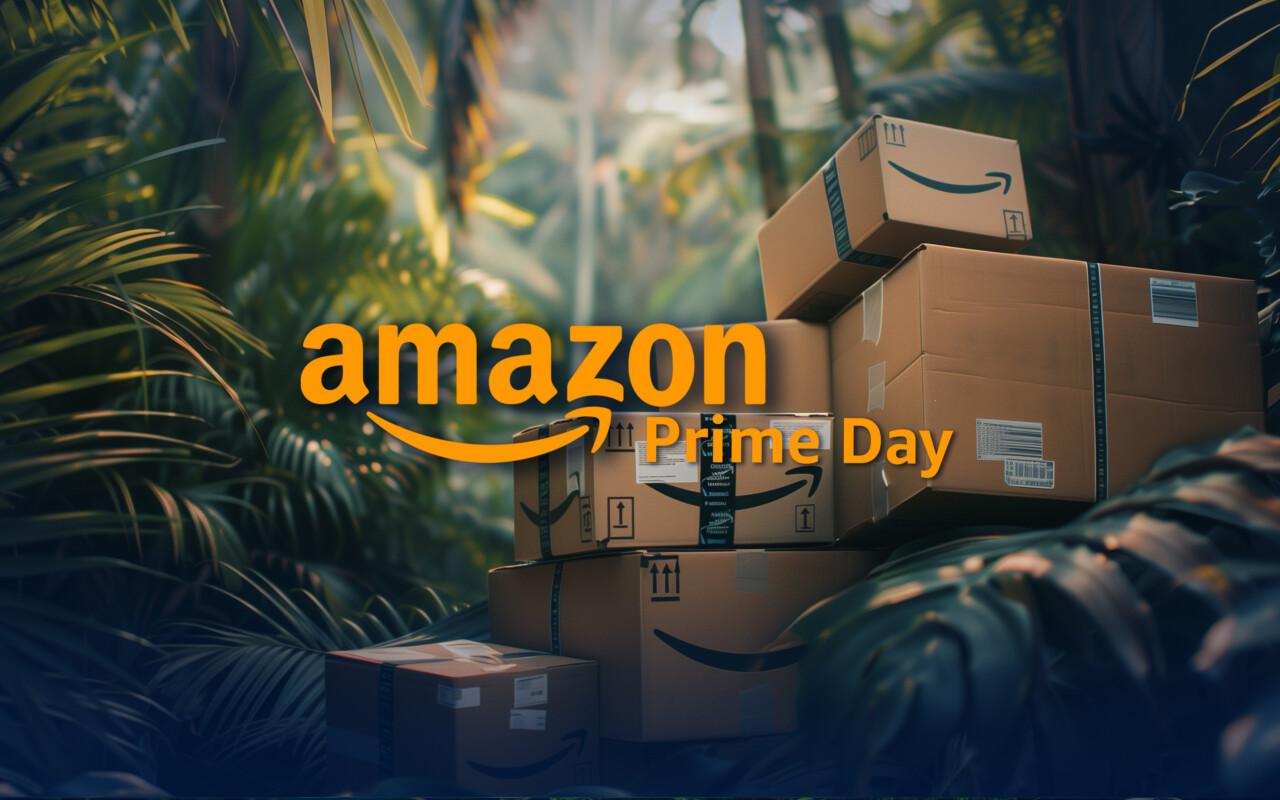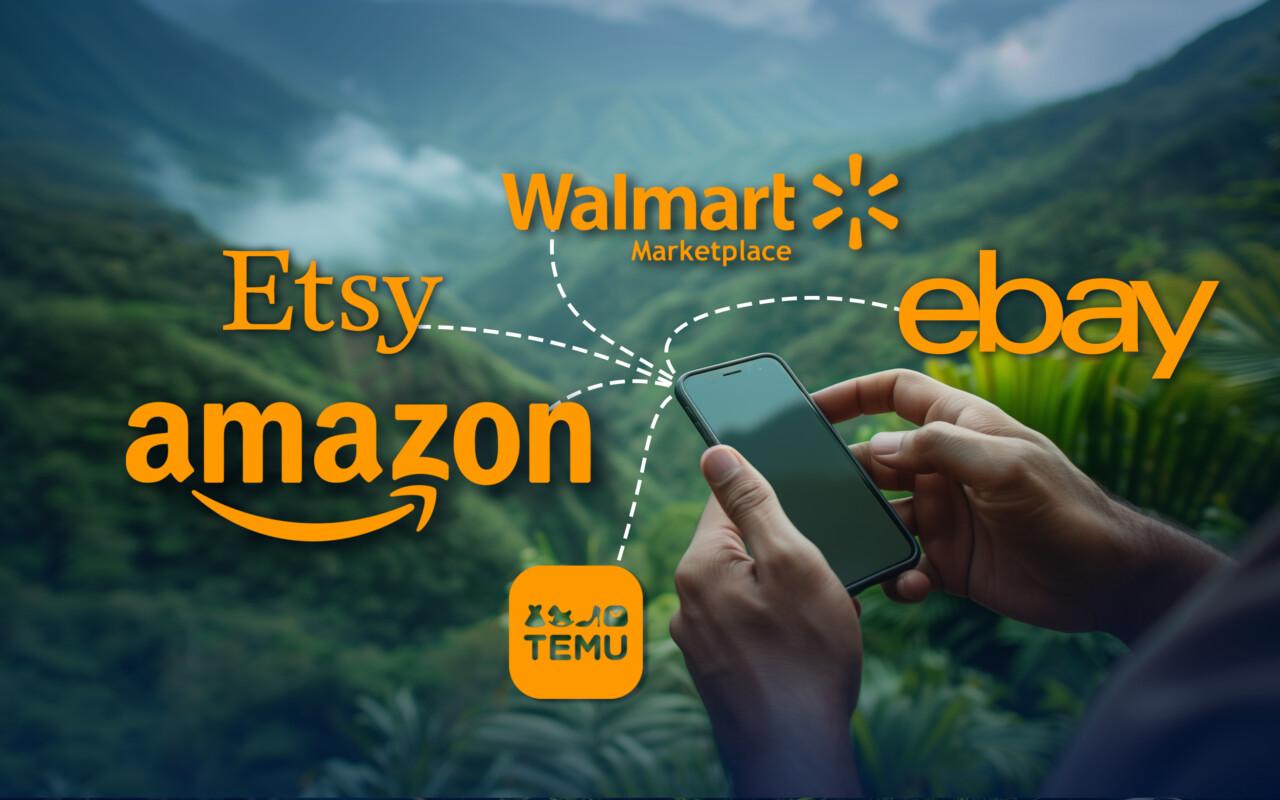The YAP Amazon Dictionary is put together just for you, who wants a clear map for your online e-commerce adventure!
A+ content
Amazon’s dedicated channel for brand-registered sellers. A+ content allows you to create detailed and content-rich product pages with images, videos and text.
ACoS (Advertising Cost of Sales)
The percentage of sales generated by an advertisement. ACoS is calculated by dividing the money spent on advertising by the sales generated from the ad.
Read more about ACoS and other advertising metrics on Amazon.
AMZ (Amazon)
An acronym often used for Amazon.com
API
Code that allows two platforms/software to talk to each other. Useful for tracking and measuring advertising.
ASIN
A unique 10-character string of numbers and letters used to identify products sold on Amazon
Brand Registry
A separate set of services from Amazon that helps businesses protect their brands on Amazon and create trusted experiences for customers. The Amazon Brand Registry also opens the door to more effective brand advertising.
Buy Box
Buy Box is a feature in most Amazon product listings. It allows consumers to quickly and easily buy the product they are looking for. If there are multiple sellers on the same listing, only one can win a place in the Buy Box.
DS (dropshipping)
A delivery method where products are not stored in-house in a warehouse. Instead, when a consumer buys a product, the shop buys it from a third party seller who delivers it directly to the consumer.
EAN (European Article Number)
EAN is a 13-digit sequence used globally to identify products.
You can read more about identification numbers on Amazon
EFN (European Fulfillment Network)
An option offered by Amazon for European sellers. EFN allows you to sell to other Amazon marketplaces without having to expand your warehouses outside your home country.
FBA (Fulfillment by Amazon)
A logistics service provided by Amazon that allows sellers to store their products in Amazon warehouses. When a sale is made on Amazon’s online store, Amazon collects, packs, ships and handles customer service on behalf of the seller.
Read more about Amazon’s FBA model.
FBM (Fulfillment by Merchant)
In the FBM sales model, the seller is responsible for storing, packing and shipping the product. Sellers must also provide customer service to buyers who purchase products from Amazon’s store.
FC (Fulfillment Center)
This refers to a large warehouse where products are stored, packed and shipped on behalf of Amazon and its sellers.
FNSKU (Fulfilment Network Stock Keeping Unit)
A 10-character identifier used by Amazon to identify sellers’ products when they use Amazon warehouses.
Fulfillment fee
A fee charged by Amazon for picking up, packing and shipping products using the FBA service.
GTIN
A product number identification system.
Inventory
Products listed by a seller and available for sale on Amazon (or other e-commerce platform).
ISBN
Usually a 10-digit sequence that identifies a specific book (including e-books and audiobooks) and its edition.
Landing page
A landing page, i.e. the page to which, for example, links in advertisements lead. Usually the landing page is the brand’s home page, but when advertising on Amazon, the landing page can be the product’s own page.
MCI (Multi-Country Inventory)
This Amazon model allows FBA sellers to choose the countries to which they want to send inventory and where they want Amazon to handle the delivery of the product to the consumer.
Pan EU
If a seller is actively selling on Amazon’s European marketplaces, PAN EU is an option that allows the seller to ship to only one warehouse. From there, Amazon sends goods to a wider range of warehouses across the continent.
SC (Seller Central)
An interface for certain Amazon sellers to manage the seller account they have created on Amazon. Sellers using Seller Central are classified as third-party sellers.
SEO (Search Engine Optimization)
Search engine optimisation, or SEO, is also important on Amazon. Optimised listings and ads can help maximise the number of visitors to your product page. Marketing on Amazon is also very much a search engine marketing activity, so creating optimised content helps to drive sales.
SKU (Stock Keeping Unit)
Codes used to identify products. The code varies from company to company and is used for inventory management
Storefront
A service provided by Amazon for sellers in its brand registry. It allows you to create your brand’s own store on Amazon and provide customers with an immersive virtual shopping experience. An impressive storefront can help boost Amazon sales.
UPC (Universal Product Code)
A machine-readable code used to identify products. The UPC code is used to track basic product information.
VC (Vendor Central)
When a seller is part of Vendor Central, they are classified as a first-party seller. Vendors in the Vendor model sell their products in bulk to Amazon, which acts as an intermediary on the seller’s behalf. To become a Vendor Seller, you need a separate invitation.
Getting started on Amazon is quick and relatively inexpensive, but success requires an understanding of the e-commerce giant’s business logic. Getting to the top of Amazon’s search results requires a careful strategy and continuous optimisation. Our knowledgeable journey leaders will be happy to discuss your business’s potential in the ecommerce jungle with you – feel free to contact us!


